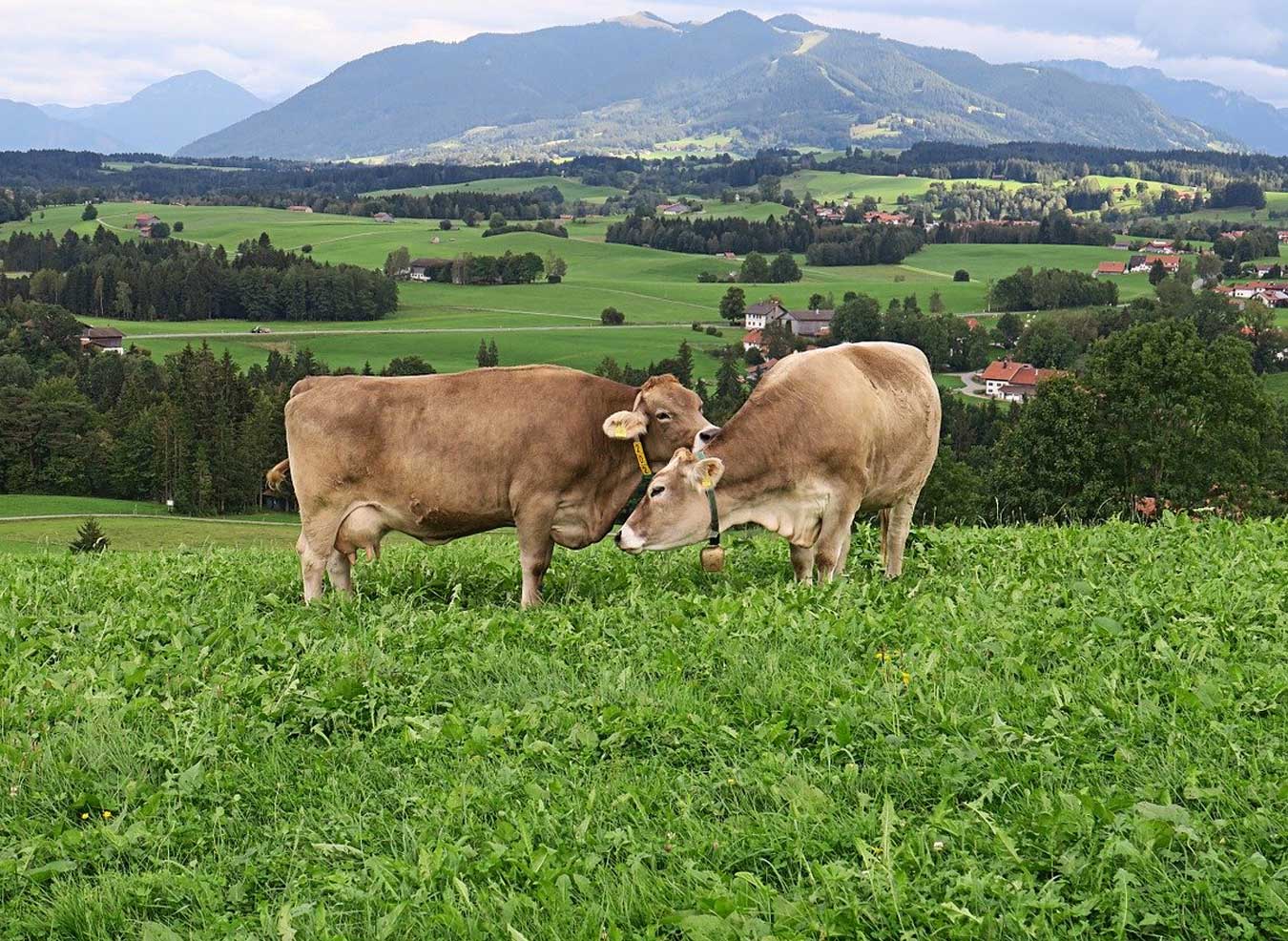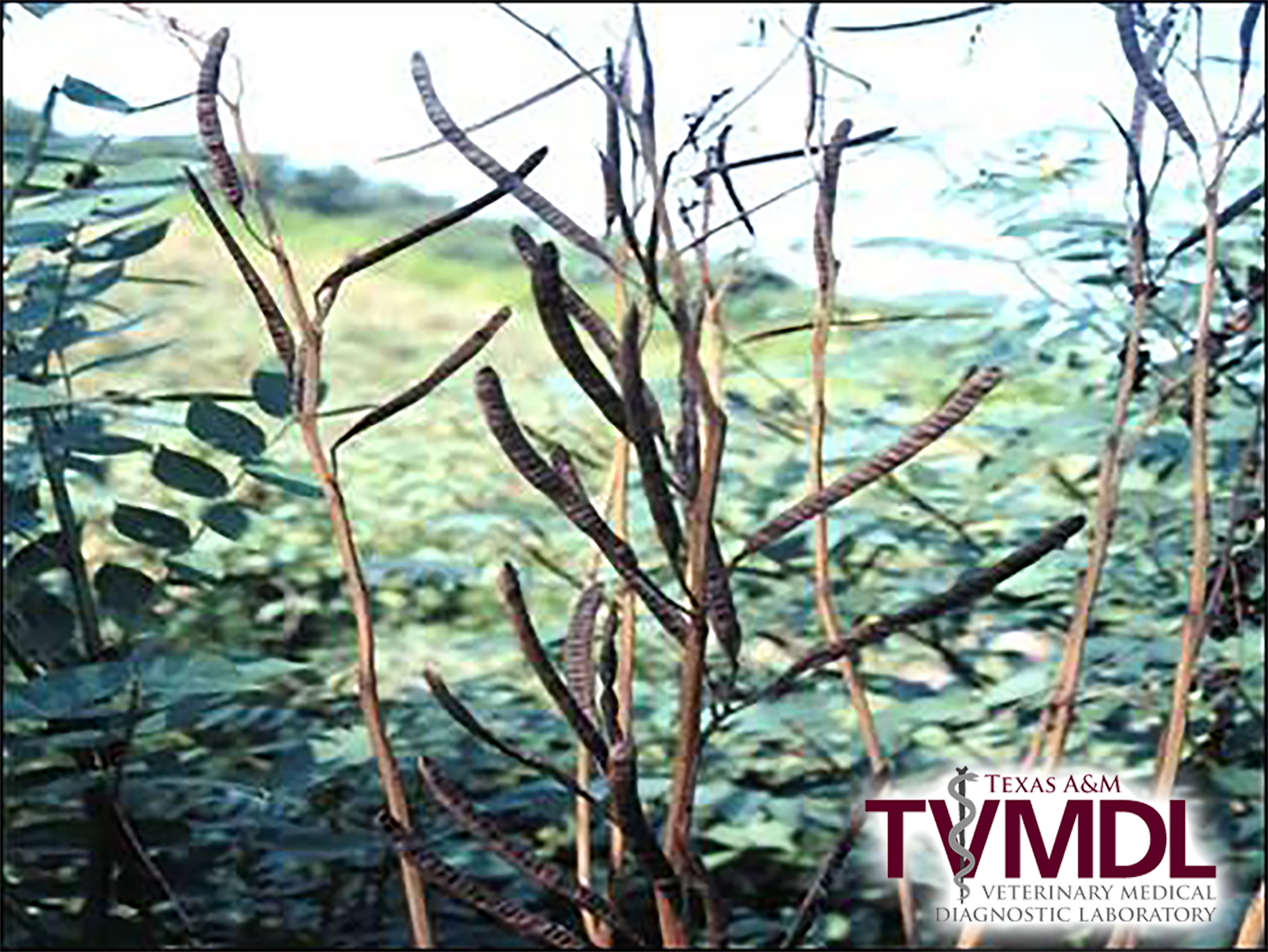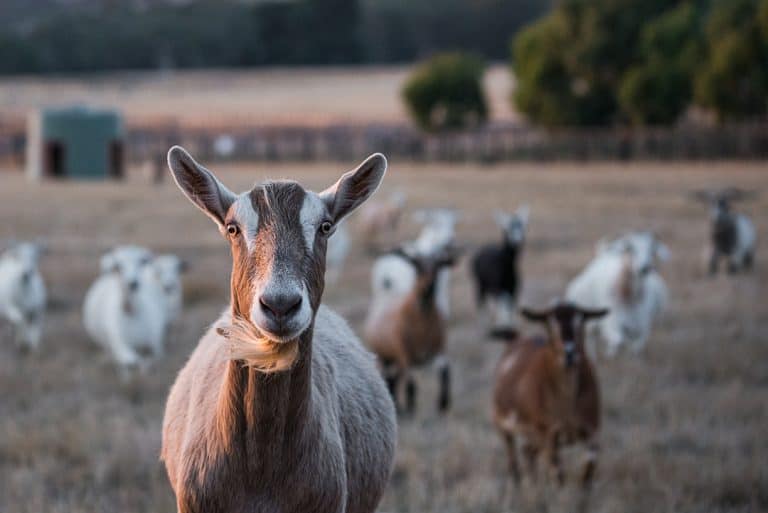

Infection of cows during the last trimester of gestation can lead to neonatal death, and death of weak calves can occur during the first 2 weeks of life. A generalized multifocal necrosis is diagnosed. All internal organs of the fetus, especially the liver and renal cortex, show foci of necrosis. Abortion is due to a lytic infection of the fetus. Viraemia allows the virus to enter the uterine artery and cross the placenta. Abortion is a consequence of respiratory infection of pregnant cows. Abortion is usually observed between 4 and 8 months of gestation. IBR may cause abortion if susceptible cows or heifers are infected during pregnancy. In endemic dairy herds, it is not uncommon for animals to present with milk drop with or without pyrexia. It will usually have a reduced appetite and may show signs of weight loss.

The animal will usually be pyrexic and be weak, dull and depressed. After an incubation period of 2 to 4 days, nasal secretions are more profuse and evolve from sero-mucous to mucopurulent discharge. The virus is excreted in the nasal secretions as early as 24 hours after infection. There may also be signs of increased lacrimation and a marked conjunctivitis. Signs of IBR vary with each particular strain but classically include coughing, serous nasal discharge, tachypnoea and dyspnoea. Calves are usually protected by colostral antibodies until 3-4 months of age so infection before this point is uncommon.

Outbreaks are most often seen in cattle between 6 and 18 months of age though all ages of cattle are susceptible. The truly susceptible species can be defined as animals in which BHV-1 can establish a latent infection such as cattle and sheep, goats and other species belonging to the subfamily Bovidae. Airborne transmission of BHV-1 has been demonstrated over short distances and can provide an explanation of between herds transmission. In a herd, BHV-1 circulation is initiated by virus reactivation and re-excretion in a latently infected animal already present, or more often by the introduction of an acutely or latently infected animal.īetween herds transmission is a major risk of BHV-1 circulation. Vertical transmission occurs in cows, when the virus crosses the placenta and infects the fetus. Indirect transmission by fomites can also occur. Transmission is mainly direct, from animal to animal, by the respiratory or the genital route. Other countries have started similar control programmes.īHV-1 is transmitted by nasal or genital secretions. Denmark, Sweden, Finland, Switzerland and Austria. In recent years, a few European countries have successfully eradicated the infection by applying a strict culling policy, e.g. The mortality rate varies between 0 and 10%.īHV-1 is distributed worldwide and has been diagnosed in all countries tested. Otherwise morbidity rate is approximately 20%. Where virulent strains circulate, morbidity rate is up to 100% in a naïve herd. The clinical consequences of BHV-1 circulation in a herd depend on the virulence of the prevalent strain.

Bovine herpesvirus 1, produces three diseases Infectious Bovine Rhinotracheitis (IBR) and Infectious Pustular Vulvovaginitis (IPV) in females and Infectious Balanoposthitis in males.


 0 kommentar(er)
0 kommentar(er)
